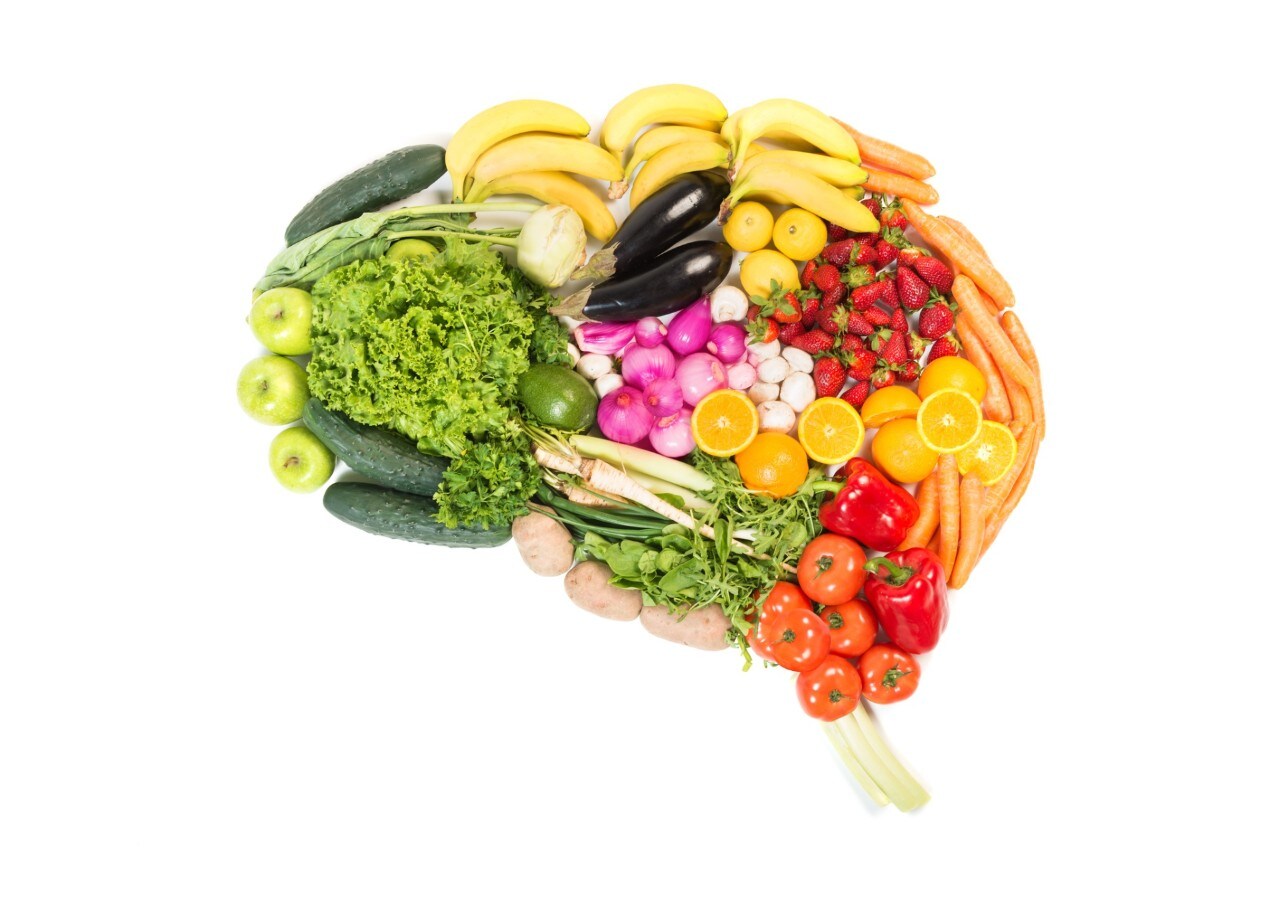Vitamin K is well known for its role in blood clotting but many may not realize that it also linked to bone and heart health. While most individuals are able to meet their needs through diet, certain subpopulations may benefit from supplementation. Because of its many overlooked properties, vitamin K is often referred to as the “forgotten vitamin.” Here are four facts to help you keep vitamin K top of mind.
Fact No. 1: There is more than one form.
Vitamin K is used to describe not one nutrient, but a family of compounds all possessing similar structures but conferring different benefits in the body.
Vitamin K1, or phylloquinone, is found in plants like leafy green vegetables, broccoli and brussels sprouts. It is the major dietary form of vitamin K in most diets (1) and its primary role is to aid blood clotting.
Vitamin K2, or menaquinone, can be made by intestinal bacteria but is also found in certain fermented foods like natto, a form of fermented soybeans. Because newborn babies possess very little vitamin K at birth, they are often administered this vitamin to reduce the risk of dangerous bleeding. (2) Vitamin K2 is the form most involved in maintaining bone and heart health. (3)
Vitamin K3, or menadione, is a synthetic manmade form that should be avoided according to research suggesting it may interfere with our body’s natural antioxidants resulting in oxidative damage to cell membranes. (4)
Fact No. 2: Vitamin K aids more than just blood clotting.
Vitamin K is vital for blood clotting through activating the protein responsible for forming clots so that we do not continuously bleed when we have a cut. However, besides blood clotting, vitamin K is thought to play an important role in bone metabolism and supporting heart health. (5)
Bones are dynamic and continuously undergoing a turnover process of formation and resorption. Vitamin K2 is required for activation of a protein called osteocalcin, which directs calcium into bones and teeth - a vital step in bone building. (6) Several studies have established links between low serum vitamin K2 and osteoporosis. (6) Osteoporosis is a condition characterized by porous, fragile bones, which affects primarily women. Those at greater risk of osteoporosis may benefit from supplementation.
Additionally, vitamin K2 is linked to the heart health through preventing hardening of arteries by keeping calcium out of the artery linings and body tissues. (3) This mechanism involves vitamin K2 activating a protein called MGP, which removes calcium deposits from arteries. (3) Calcium accumulation in arteries can be harmful in large amounts and is a common factor associated with coronary artery disease and heart failure. (8)
Fact No. 3: Vitamin K is best absorbed with healthy fats.
Vitamin K is one of four fat-soluble vitamins, which is significant because dietary fat is necessary for its absorption. Eating vitamin K-containing vegetables at the same time as fat, may improve its absorption. (7) Sources of vitamin K1 include leafy greens like kale and spinach. Fermented dairy, yogurt and cheeses provide vitamin K2. As consumers, we should seek out healthy sources of fat to pair them with such as plant oils like olive and avocado.
Unlike other fat-soluble vitamins, vitamin K circulates in very small amounts in the blood before it is rapidly metabolized and excreted. (7) Because the body rapidly recycles vitamin K, regular dietary intake is crucial to maintain adequate levels. (7)
Fact No. 4: Most people get enough Vitamin K.
It is rare to have a vitamin K deficiency largely due to the fact that it is widely found in foods and can be made by bacteria in the intestines. (7) Studies show that most diets contain adequate amounts of vitamin K, and deficiencies are rarely reported. (7)
Some classic signs of deficiency include bleeding and hemorrhage - although these are very rare. Additionally, because of vitamin K’s role in bone mineralization, osteoporosis or osteopenia may be a sign of deficiency or inadequacy. (7)
Other individuals who may benefit from supplementation are those with intestinal conditions such as Irritable Bowel Syndrome or Chrohn’s Disease. Conditions in which the gut is impaired may hinder the ability to absorb and produce vitamin K in sufficient amounts. (7) Additionally, prolonged antibiotic supplementation can kill not only harmful bacteria in the gut, but beneficial bacteria as well and thus may affect vitamin K levels. (8)










